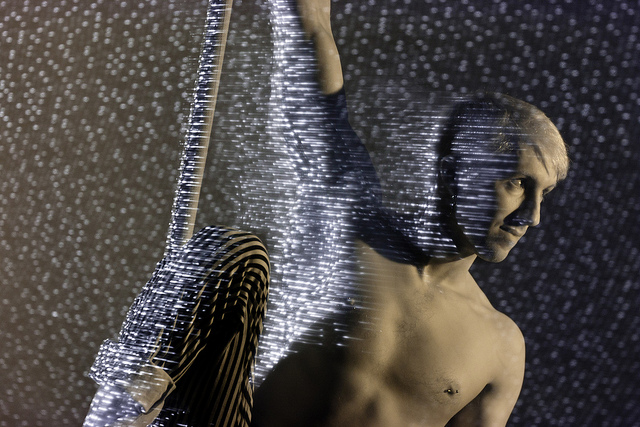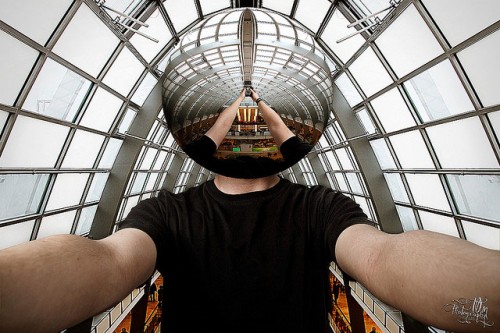At the end of a press conference in January, Microsoft announced HoloLens, its vision for the future of computing.
The device, which Microsoft classifies as an augmented reality (AR) headset, incorporates a compilation of sensors, surround speakers, and a transparent visor to project holograms onto the wearer’s environment, a sensory middle ground between Google Glass and virtual reality (VR) headsets like Oculus Rift. Augmented and virtual reality headsets, like most technology saddled with transforming our world, reframe our expectations in order to sell back to us our present as an aspirational, near-future fantasy. According to Microsoft’s teaser site, HoloLens “blends” the digital and “reality” by “pulling it out of a screen” and placing it “in our world” as “real 3D” holograms. Implicit in this narrative is that experience as mediated with digital screens has not already permeated reality, a possibility the tech industry casts perpetually into the future tense: “where our digital lives would seamlessly connect with real life.” more...










